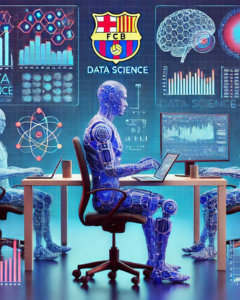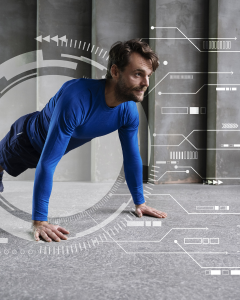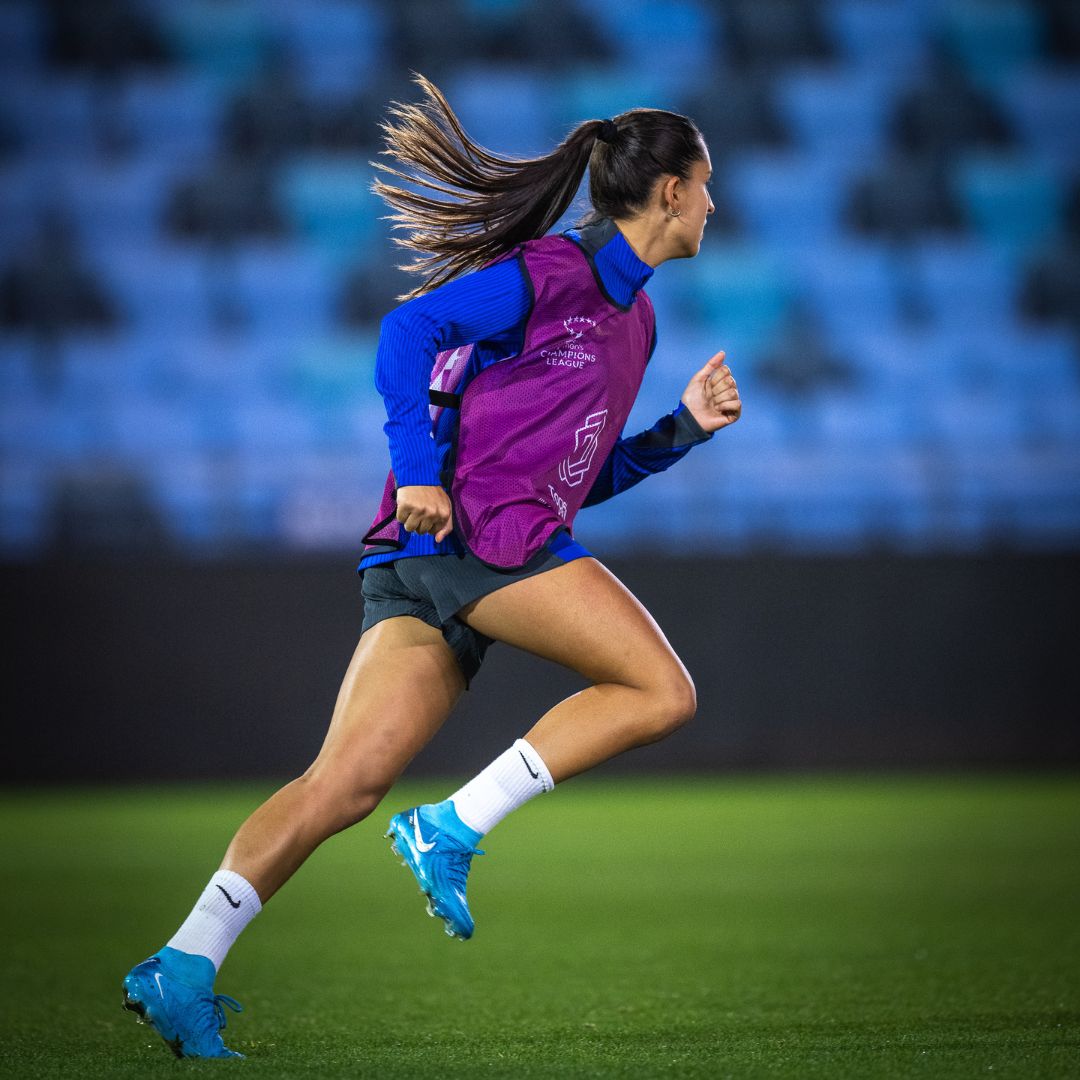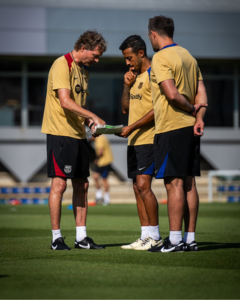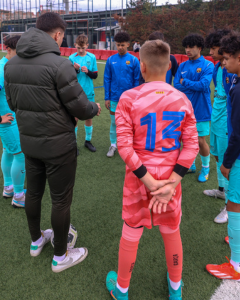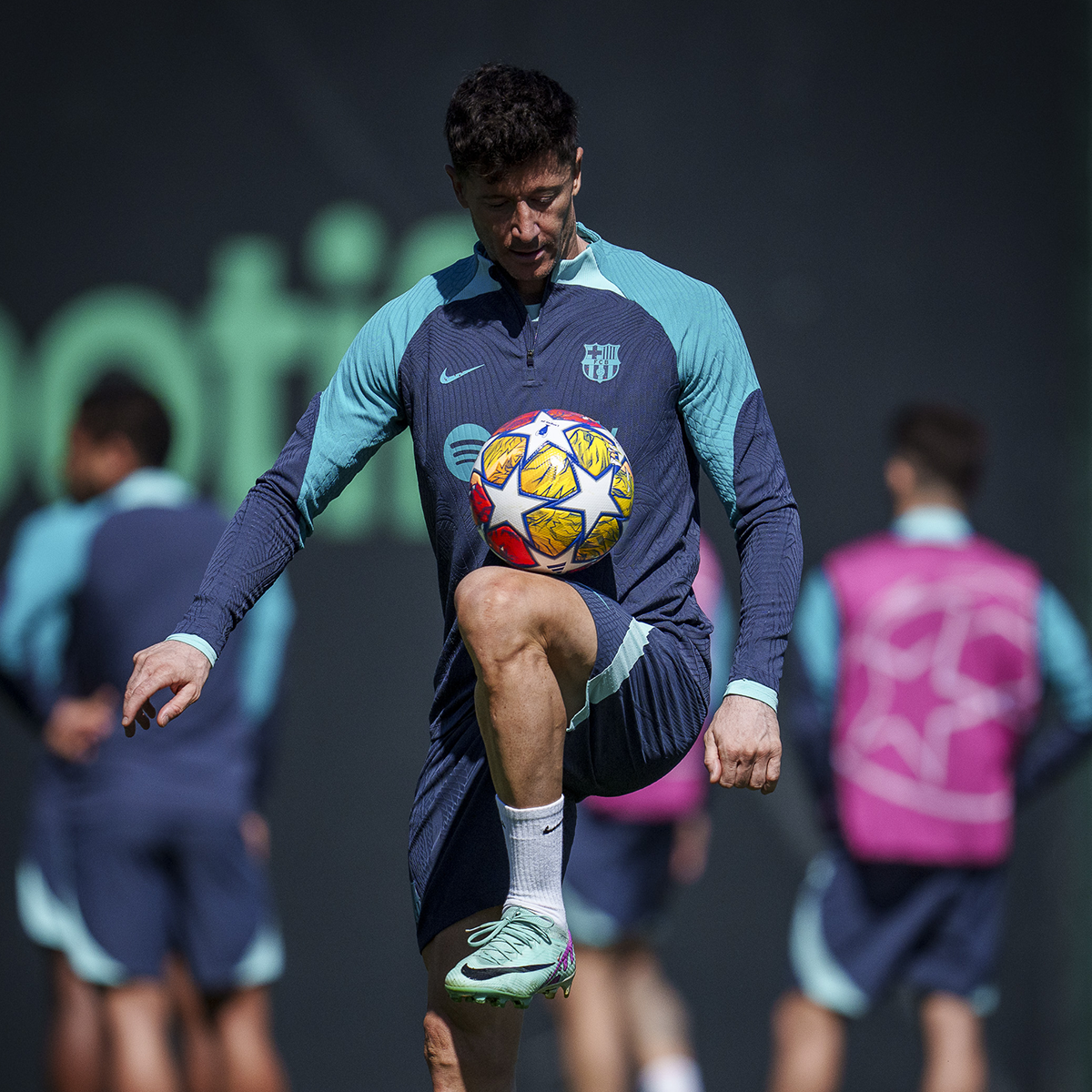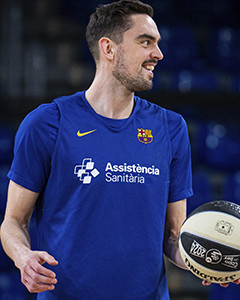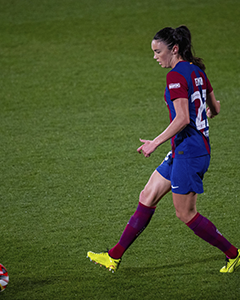Description
At present, some 800 million people play volleyball at least once a week worldwide. Volleyball is played mainly in Western Europe, North America and India and encompasses more than 220 affiliated national federations, while basketball is played by some 450 million people worldwide in 213 national federations divided into 5 continental federations. Basketball is particularly popular in the USA and China, as well as throughout continental Europe and South America, making it one of the world’s most popular sports, while futsal and handball are played by some 30 million and 19 million people respectively. Therefore, it is evident the relevance of indoor team sports and the high impact in different fields such as political, social, economic and cultural at a global level. Team sports in general, and indoor team sports in particular, have generally based their training methods on the general training theory used for individual sports, particularly athletics. Given the obvious differences between the two types of sports, it seems logical to propose a new approach that is better adapted to the characteristics and needs of team sports. In this sense, a change of paradigm that leads coaches and professionals in the sports field in a more appropriate direction is unavoidable. To do this, we must understand the characteristics of indoor team sports, based on the paradigm of complexity, and thus propose a methodology that empowers the player and all their structures and capabilities as the cornerstone of this proposal. The high neuromuscular, bioinformational and physiological requirements imposed by competition in indoor team sports, coupled with increasingly dense competitive schedules, place a high burden on athletes. Understanding the effect of training and competitive load results on sports performance and injury prevention is therefore a crucial issue for coaches, physical trainers, sports scientists and sports medicine professionals. In this sense, technological developments have provided all these professionals with new tools allowing them to control, assess and monitor the load in order to optimise the training process, performance and injury prevention, among other aspects.










